Archive for April 2011

114 frames aligned with Registax 6. The software was released April 2, 2011 and is available at http://registax.astronomy.net.
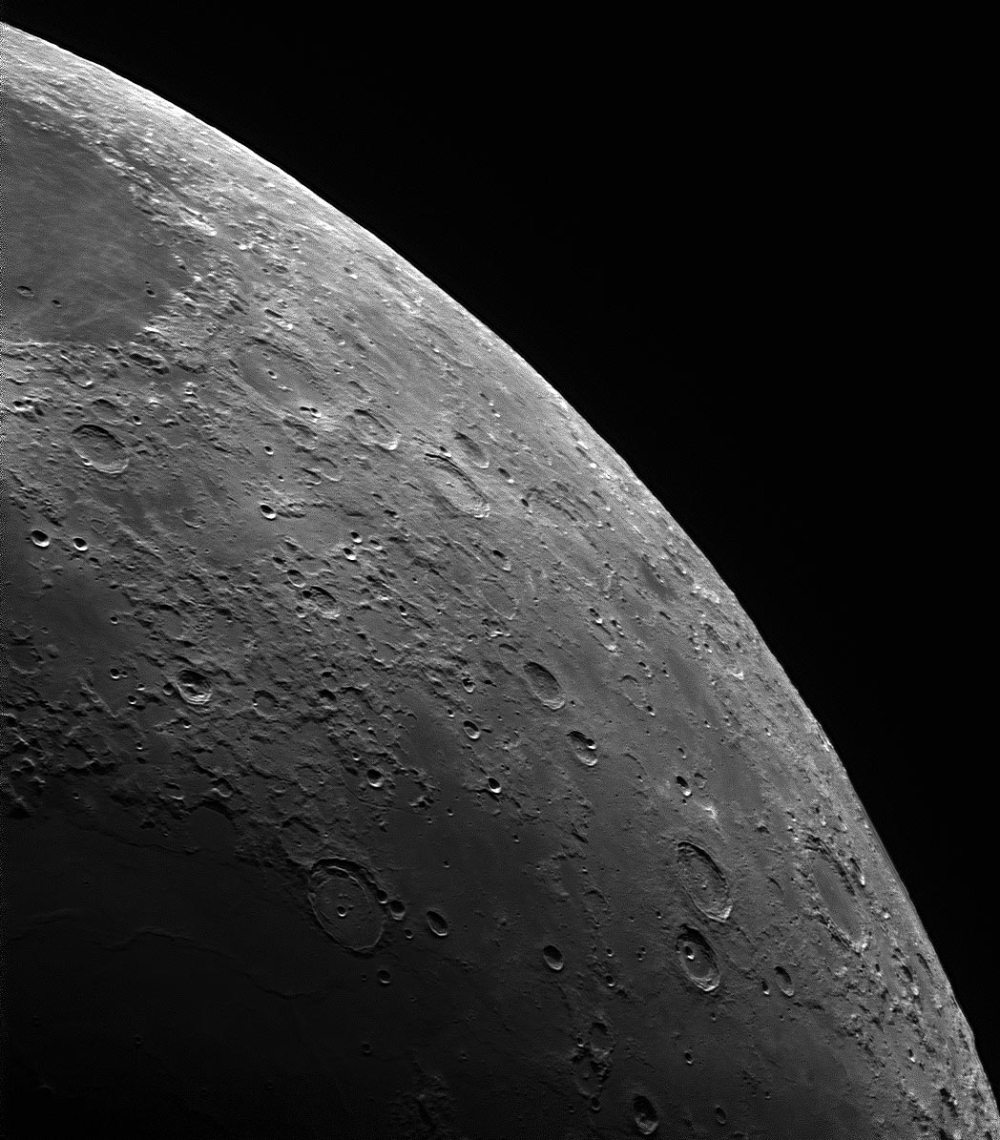
430 frames aligned from the same exposure with a few changed settings. The image shifted about 100 pixels during the exposure. There was much more noise around the 430 frame alignment which I cropped away. The number of alignment points was more than a hundred for this image. When the image was finished, it was perfectly exposed: autolevels in Photoshop did nothing. The software takes advantage of multi-core computers and so runs much faster than Registax 5.

Aligned using Registax 5.

Registax 5 above, Registax 6 below, using the same set of bitmap frames.
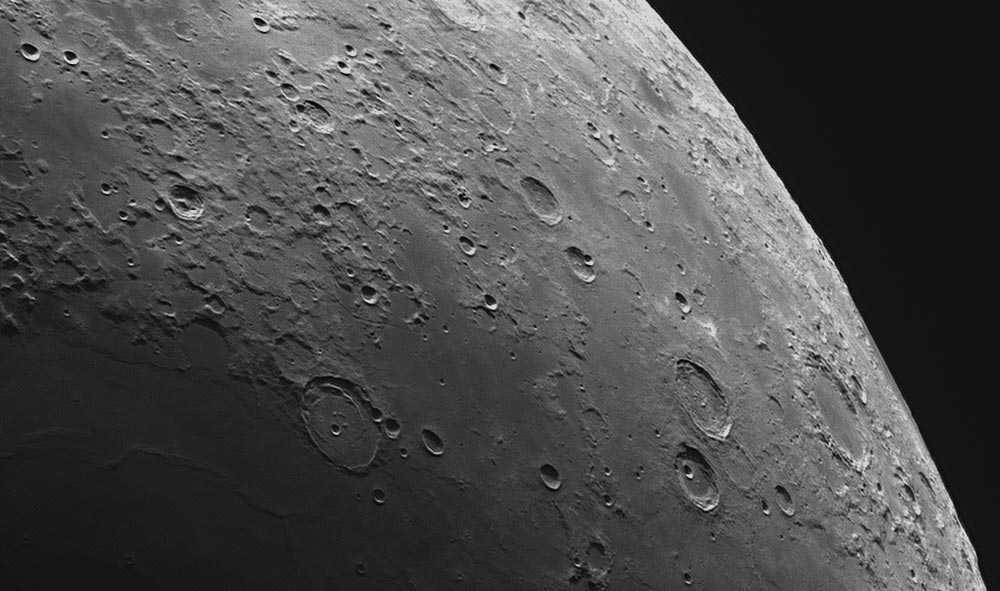
Reran Registax 6 with distance between alignment points reduced from 30 to 20, lowest quality increased from 80% to 95%, alignmentbox size increased from 30 to 40, and max alignpoint movement increased from 5 to 10. Fiddled with wavelets until it looked sharp, then opened in photoshop to finish. Doubled the imagesize and sharpened, then reduced to 75% and blurred, then cropped the region of interest, then reduced to 1000 pixels across, and set the levels to bring out the wrinkle ridges. Saved for web with jpeg set to 50%.

12 x 12 degree section from ldem_128.jp2 produced by the LOLA Science team. Gagarin crater. This is the view from Meshlab, with the lighting behind the camera.

Same surface imaged in Blender, with more realistic lighting.

Similar to above, but processed to remove the banding. In Photoshop, a 200% enlargement, Mode -> Grayscale, AutoLevels, a Gaussian Blur of 4.3 pixels, then 4% noise added, an unsharp mask of 4 pixels, then reduced to 33% size.
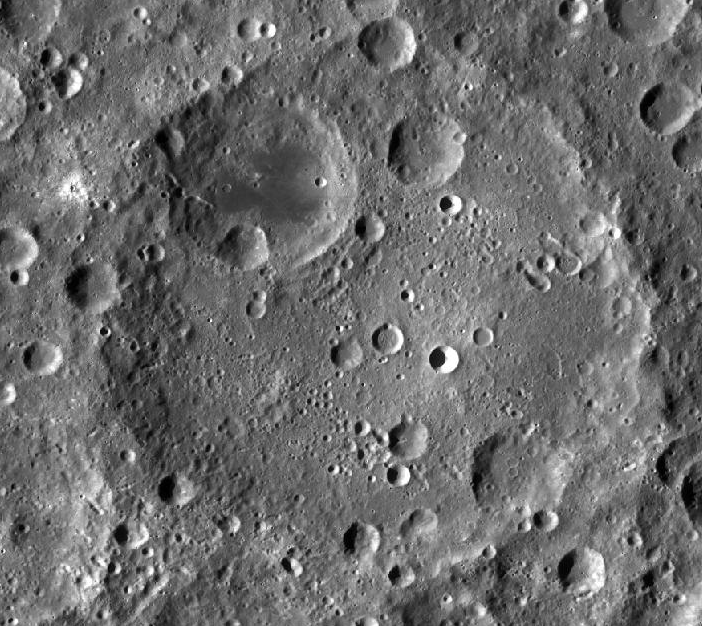
ACT-REACT image LRO overhead with WAC. 500 meters per pixel.

In Mare Nectaris, a bulls-eye. 32 x 32 degree selection from ldem_16.jp2 produced by the LOLA Science Team, then zoomed in to see the stepped circular depression near the center of Mare Nectaris. ldem_128.jp2 shows the bulls-eye to be a smooth depression. The stair-step is an artifact of low-resolution data. For more information, read the story of the ghost of Nectaris: http://moonscience.yolasite.com/ghost-crater.php

Above Blancanus crater, looking Northeast. 13 x 13 degree rectangle cropped some; the full rectangle includes all of Blancanus. From ldem_128.jp2 produced by the LOLA Science Team. 490 meg stl file required 27Gb ram and an hour-and-a-quarter processing. The 6 x 6 degree image of Tycho took 12 Gb and ten minutes.

6 x 6 degree area imaged, then cropped tight on Tycho. Data taken from ldem_128.jp2 produced by the LOLA Science team. Stripes of data point to poles. http://astrosurf.com/eternity/temp/tychoT1mlarge.jpg is the best amateur (1 meter telescope) image.

In late 2015 the SLDEM was released that combined images from the Selene mission with the LRO elevation data for a 512 pixel per degree dataset. The stripes are gone.
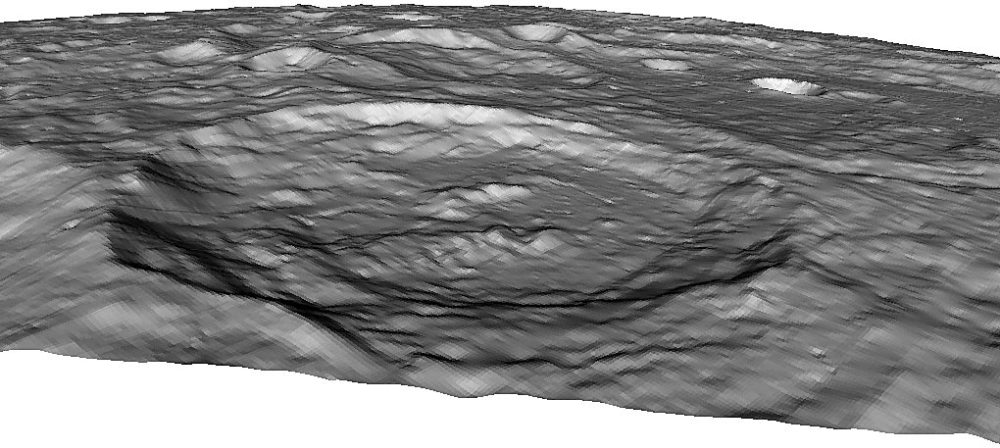 Three views of Fabricius, a crater entirely inside of Janssen. Data from ldem_64.jp2 produced by the LRO LOLA Science Team.
Three views of Fabricius, a crater entirely inside of Janssen. Data from ldem_64.jp2 produced by the LRO LOLA Science Team.
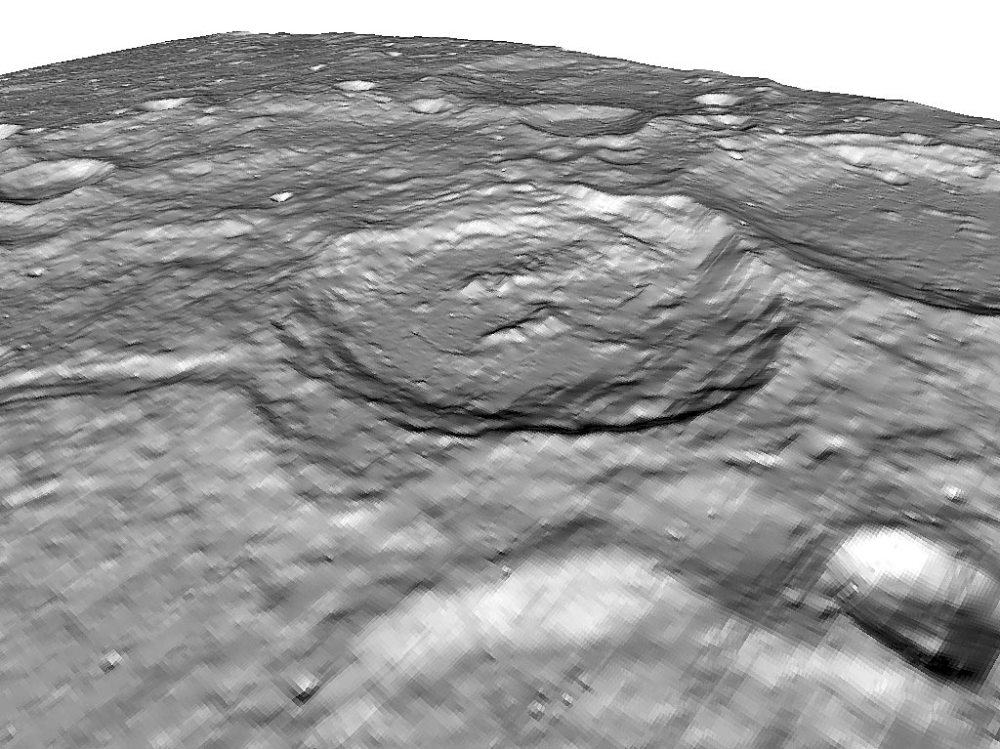
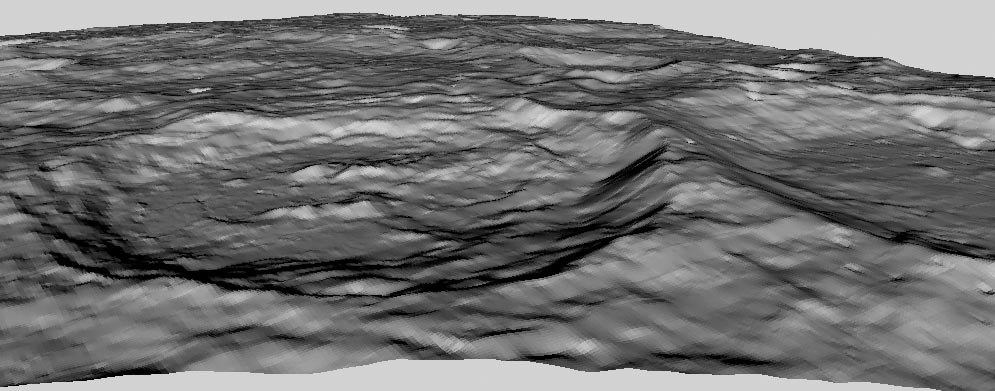




Cardinal points of view for Janssen crater. 12 x 20 degree rectangle selected from ldem_128.jp2 produced by the Science Team of the LRO. The 128 pixel per degree file was reduced to 32 pixels per degree for these images.

A closer look at Rimae Janssen and the floor of Fabricius crater.
 Through the telescope f/15, prime focus.
Through the telescope f/15, prime focus.
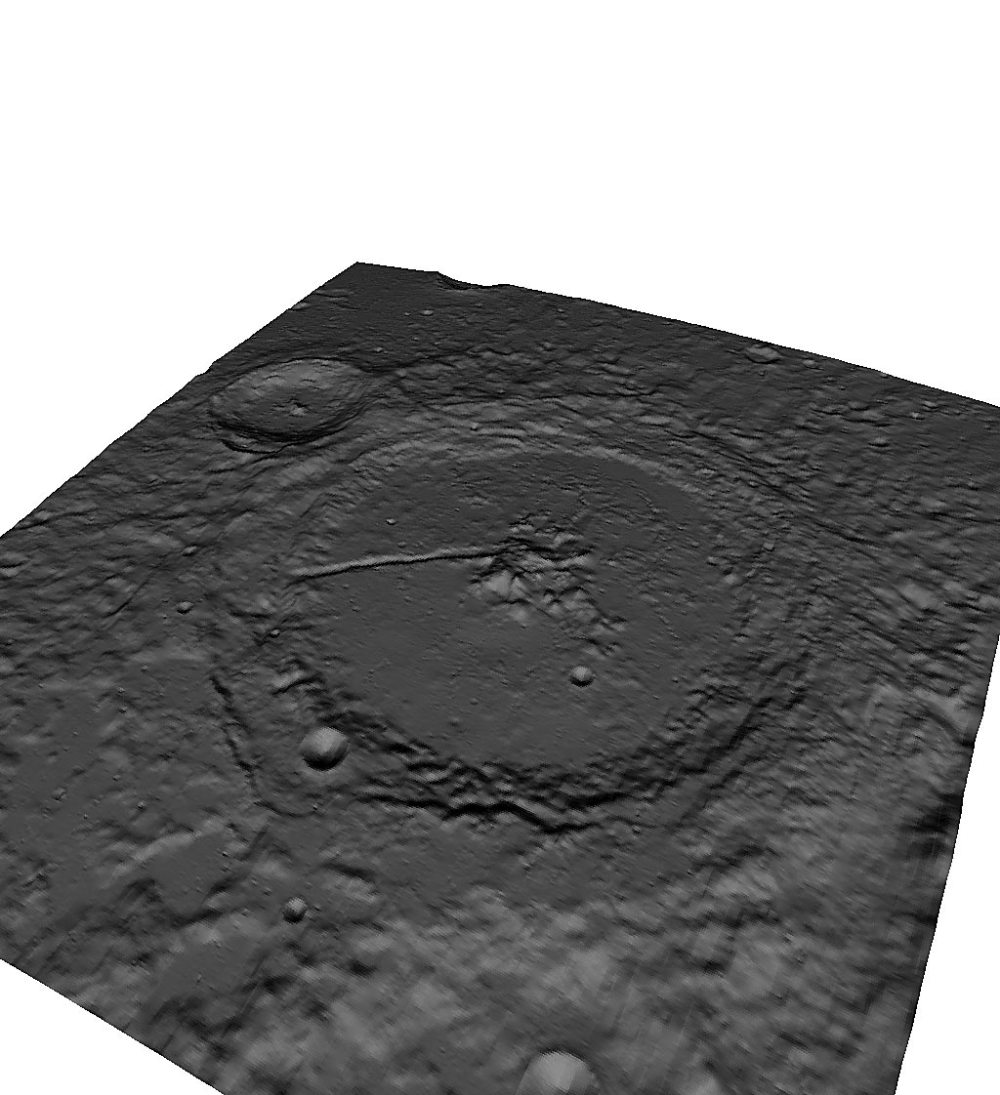
The area around Petavius, a 10 x 10 degree rectangle from LDEM_64.jp2 produced by the LOLA Science team.
 Another angle.
Another angle.
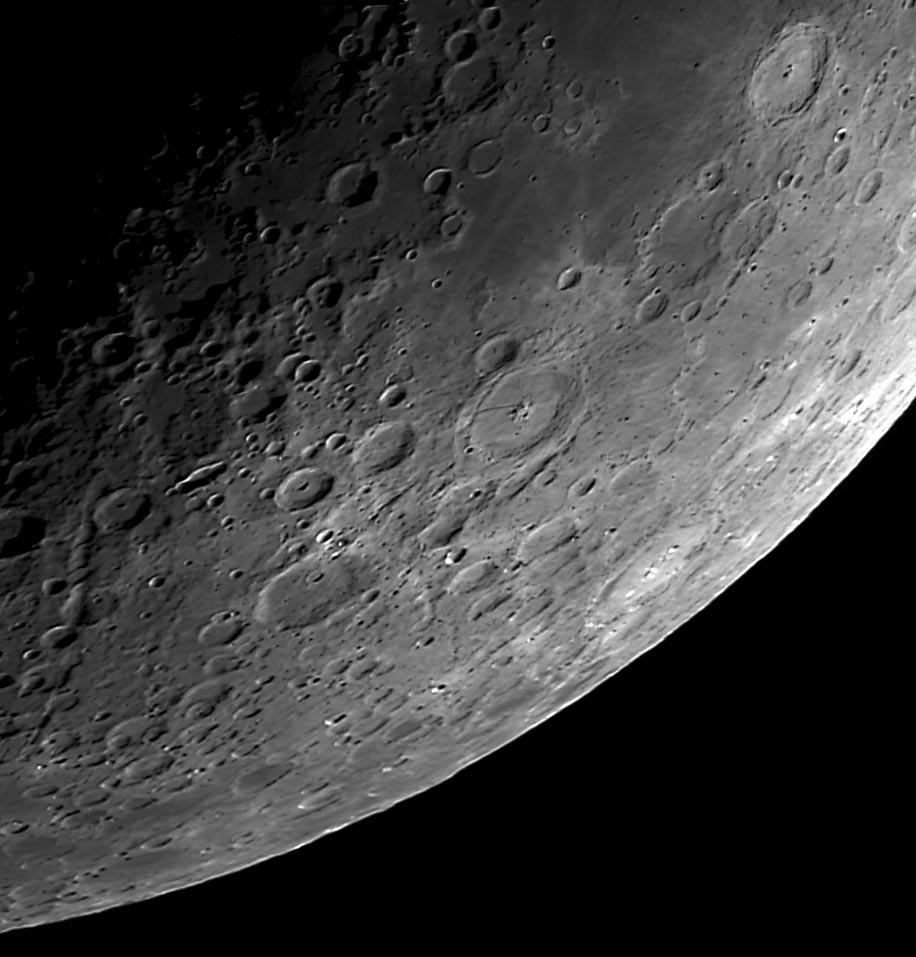
Petavius through the telescope.
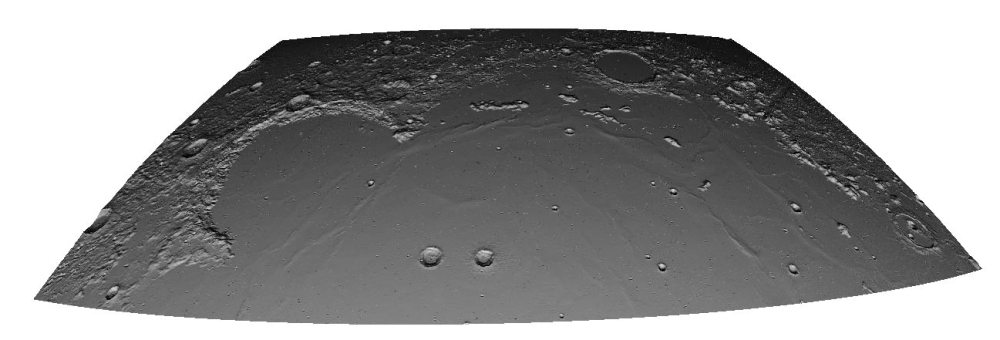
Right up front, Helicon and Le Verrier. From Ldem_64.jp2, produced by the Science Team of the Lunar Reconnaissance Orbiter Laser Altimeter. 16 x 52 degrees, 64 pixels per degree, 3.4 megapixels. 59 minutes of computer time and 17Gb ram on a high performance computer produced a 383 meg stereo lithography (stl) file. This is a snapshot taken in Meshlab, with the color and levels trimmed in Photoshop.
 An overhead view from the same file. You may have to zoom in, but the rille along Vallis Alpes is visible.
An overhead view from the same file. You may have to zoom in, but the rille along Vallis Alpes is visible.
 A closer look at Vallis Alpes.
A closer look at Vallis Alpes.

The uncompressed snapshot from Meshlab. There are a couple of dozen craters visible on the floor of Plato. To see them, save the image and then zoom in 4x.



70 degree x 70 degree sector of the Moon, 4 pixels per degree.
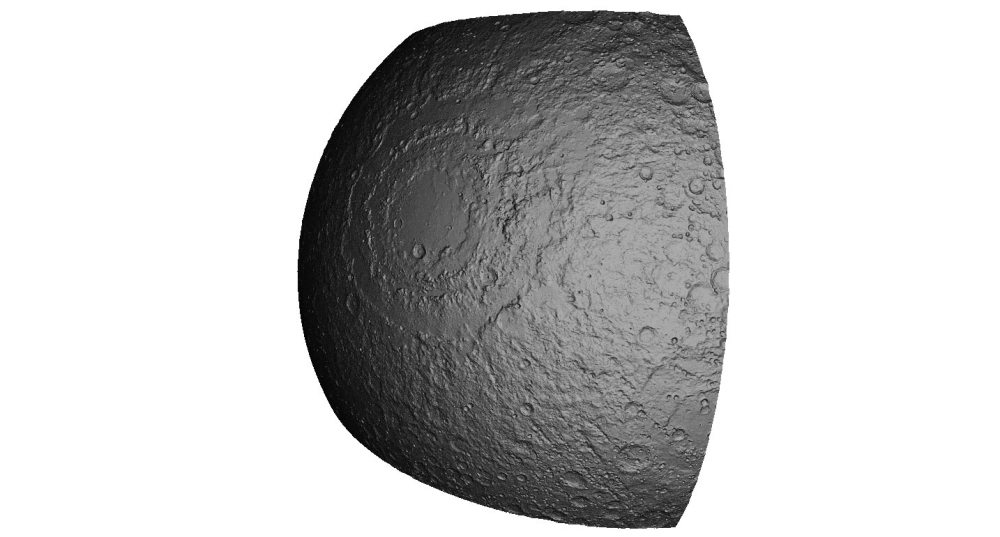 16 pixels per degree.
16 pixels per degree.
































